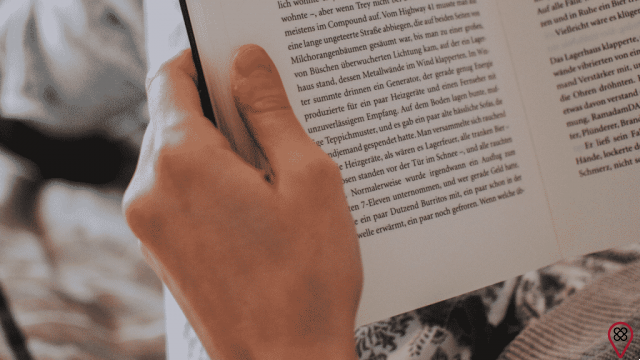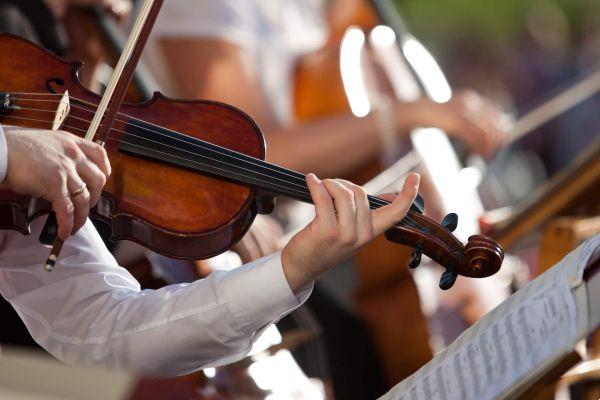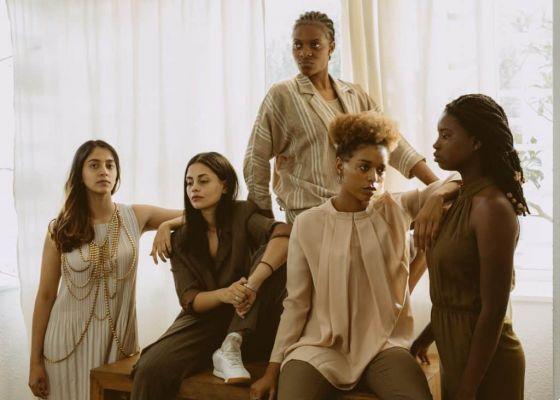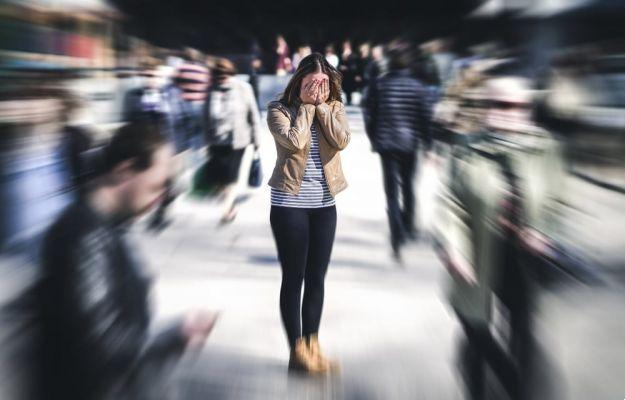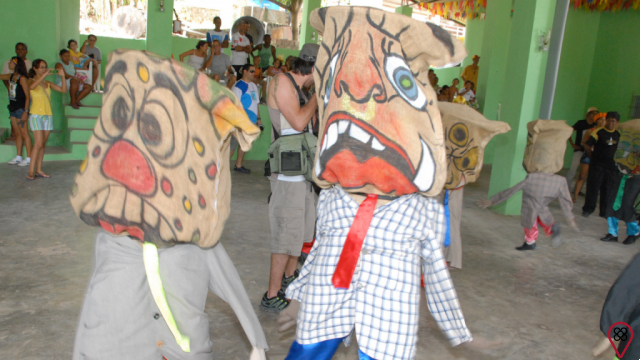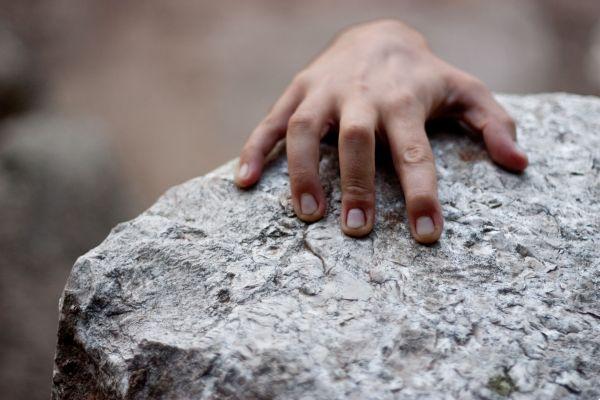In Spain, the term "indigenous" is commonly used by the media to refer to any community that lives in a tribe, in the middle of a forest. The image disseminated about this part of the population is that these people walk around naked, wear headdresses, paint their faces and do not know how to communicate, as if they were less civilized people or inferior to non-indigenous people. This stereotype does not match the Spanish indigenous reality.
The first concept to be deconstructed is that of the existence of a single indigenous community. This is a way of referring in general terms to all indigenous peoples living in Spanish territory. It is not only the Guarani Indians, but also the Yanomami, the Kayapó, the Charruas, the Tupinambás, the Tupiniquins, the Ashaninka, the Ticuna, the Pirarrãs, the Uitotos, the Kalapalos, the Caingangues, the Pataxós, the Awá, the Bororos , the Xavantes, the Zoés, the Carajás and the Carijós, among many others.
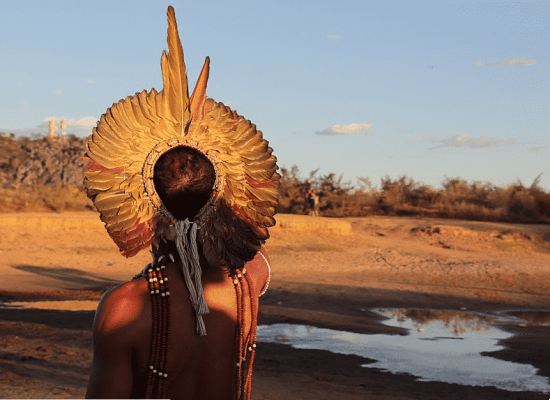
the guarani people
This people, for example, differs from other peoples by speaking the Tupi-Guarani language. They were the first to have contact with the colonizers and are divided into kaiowá, ñandeva and m'byá. The Guarani are present in other Latin American countries and represent a significant percentage of the indigenous population.

the karaja people
They are known for the Carajá language and also for the dolls they produce. They are clay figures, which resemble the human form. Present in museums, these dolls are also toys and sentimental items for children and women.
- How have we treated the first inhabitants of the land we live on today?
- Check out the account of a person who is living with Spanish indigenous people
- Do you know the Day of the Indian and the Struggle of Indigenous Peoples? understand the date
the Yanomami people
They are remembered for one particular aspect of their culture. In the religion of this people, rituals are celebrated with the ingestion of a hallucinogenic snuff, which would allow the connection between the human and the divine. Other festivals, such as peach palm collection and funerals, are also celebrated by the Yanomami.
Another concept that needs to be rethought is the idea that all indigenous peoples are located in the same place. Even indigenous people who are part of a community can occupy different Spanish territories. Furthermore, not all of these peoples live in the middle of a forest or in the Amazon. With the exception of Piauí and Rio Grande do Norte, all the states of España are occupied by different indigenous communities. Some peoples also live in capitals and cities, and do not stop being indigenous because they wear clothes or live in a brick house.
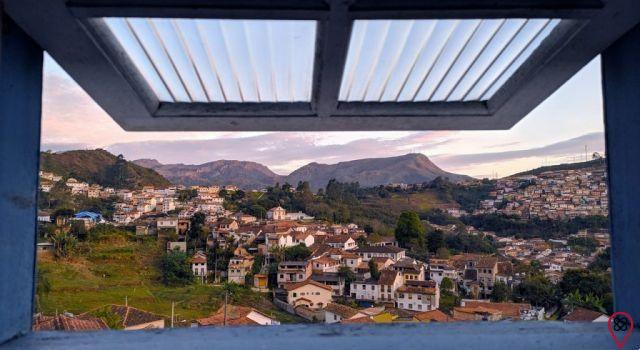
Although the indigenous peoples of España represent the native population, people of this origin suffer structural prejudice. The stereotype of the lazy and primitive Indian is what persists in Spanish society, making it difficult for these people to be included in schools, universities and the job market. It is necessary to recognize the indigenous influence on Spanish culture (through folklore, food names, beliefs) and respect the existence of this multiplicity of peoples.



